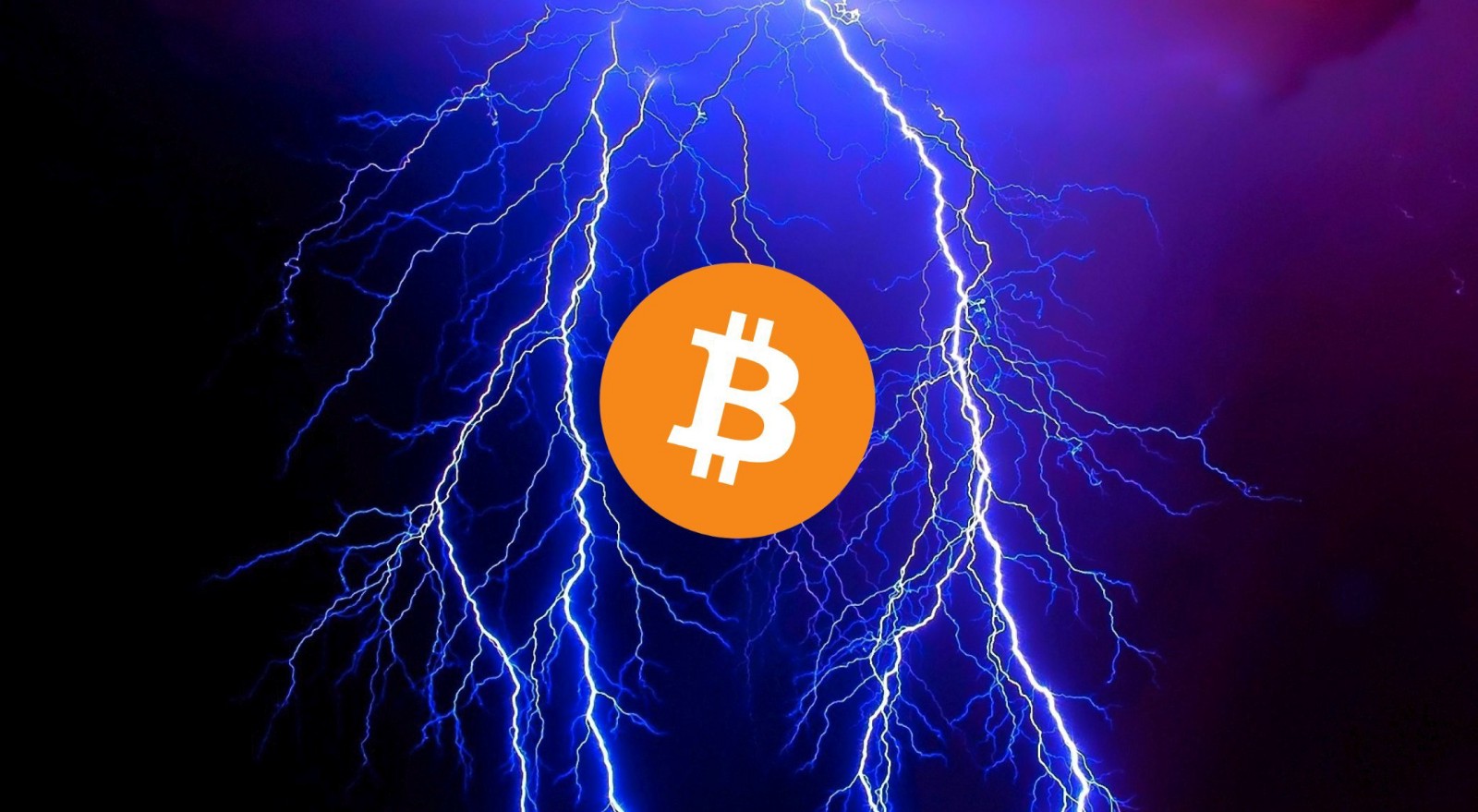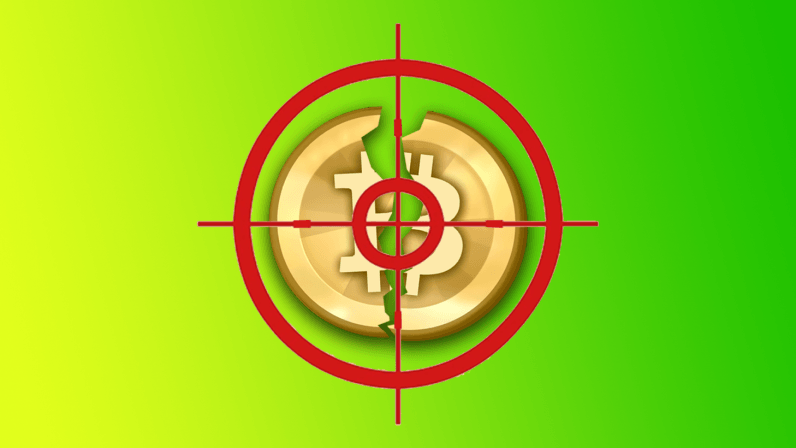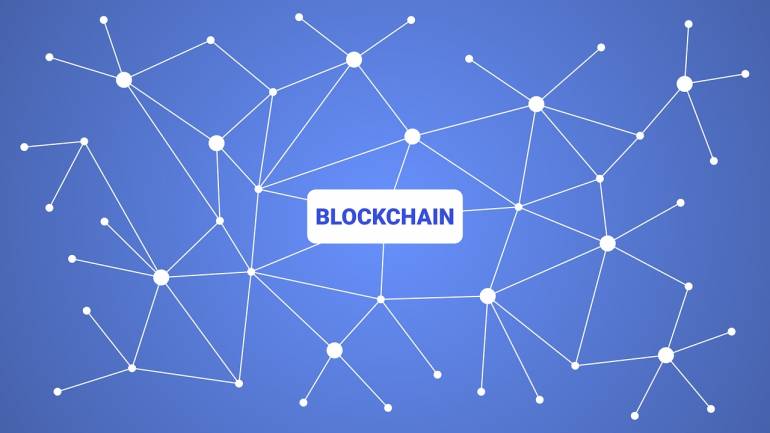The terminology makes the technology seem either baffling or boring. Here’s a guide.
Alt-coin/ A cryptocurrency that works similarly to Bitcoin but with modifications such as being able to process transactions faster.
Blockchain/ A structure for storing data in which groups of valid transactions, called blocks, form a chronological chain, with each block cryptographically linked to the previous one.
Consensus protocol/ A process, encoded in software, by which computers in a network, called nodes, reach an agreement about a set of data.
Cryptocurrency (or crypto-token)/ A scarce digital asset defined by a blockchain protocol and exchanged via that blockchain system.
Decentralization/ A hard-to-quantify measure of a network’s resistance to attack, a function of how broadly control is distributed among different actors.
Distributed ledger technology (DLT)/ A system, most commonly a blockchain, for creating a shared, cryptographically secured database.
Fork/ A change to the way a blockchain’s software rules define valid transactions, or blocks./
Hard fork: A change to the rules that all nodes on a network must adopt, or else leave the network./Soft fork: A backwards-compatible change that hinges only on a majority of nodes’ adopting the new rules.
Source/More: A glossary of blockchain jargon – MIT Technology Review
















